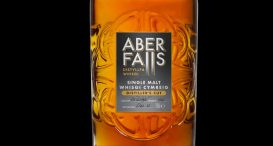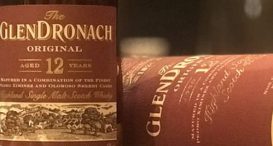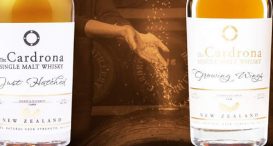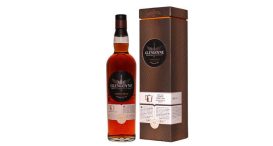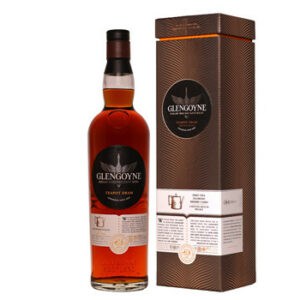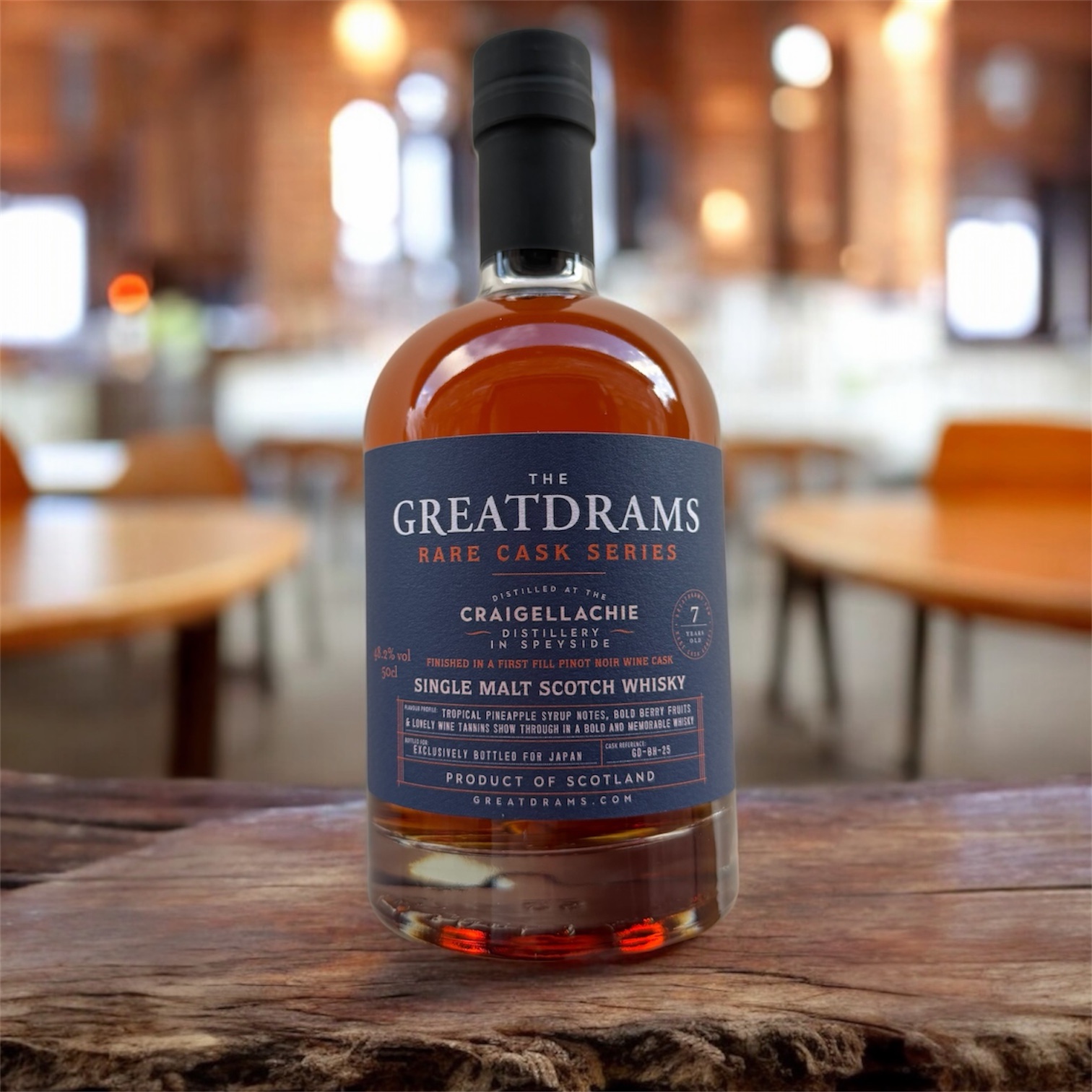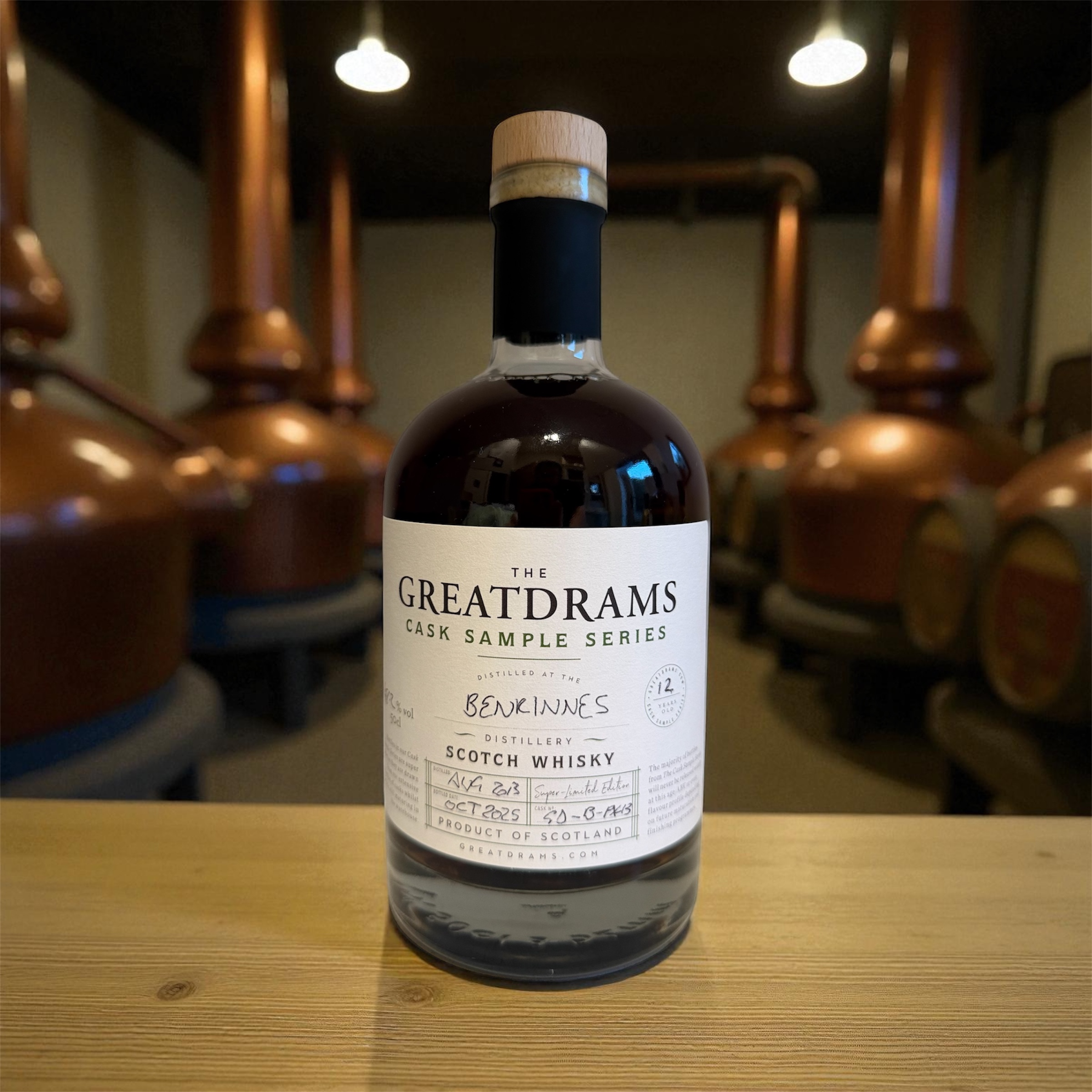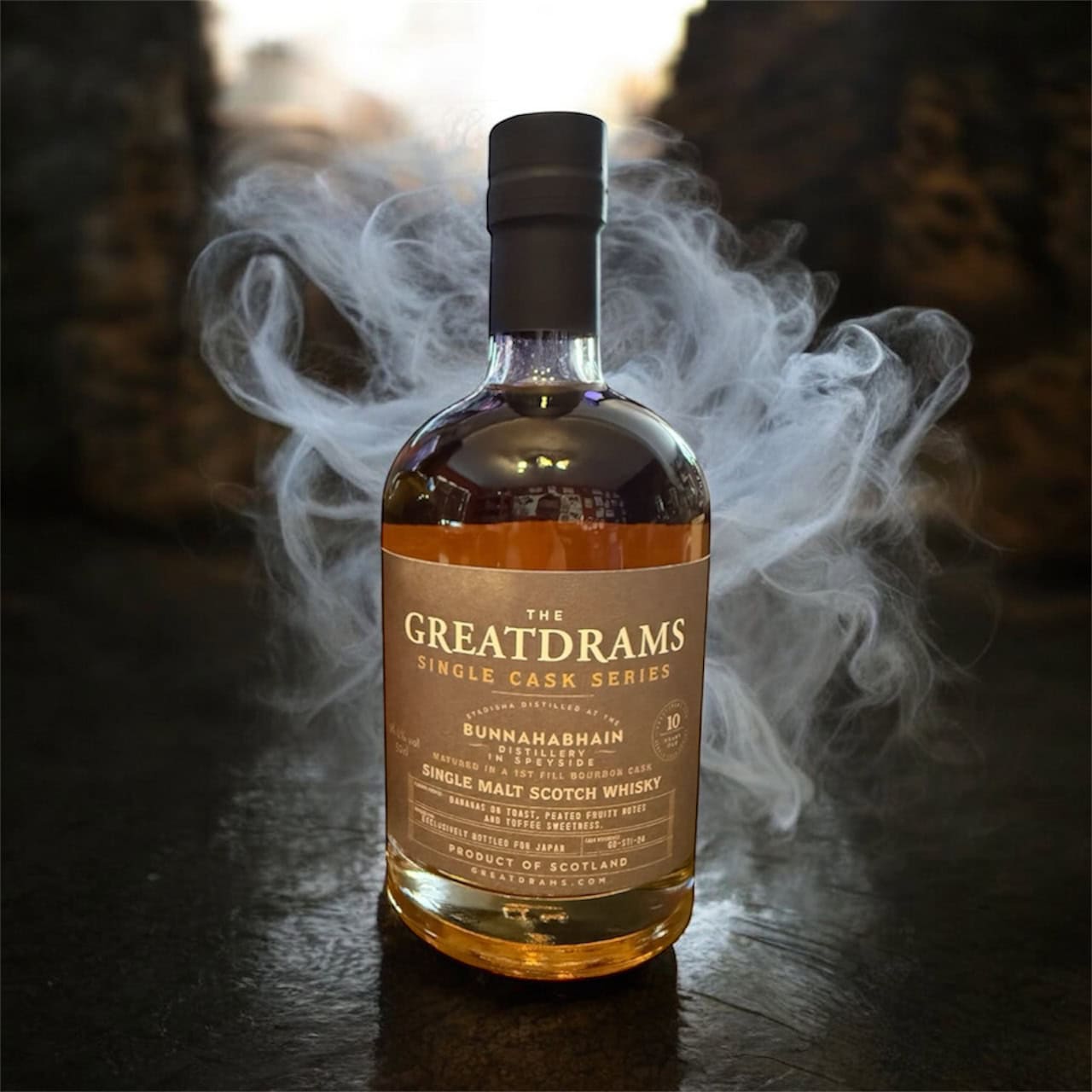Levels of Char and Effects on Taste
let’s begin
Those of us who love Bourbon will know that it is nothing without its toasty, warming sweetness that comes from the charred inside of the barrel.
This flavour is then imparted to any other liquid that is matured in the barrel, which is usually a Scotch.
American Oak barrels are therefore more likely to be heavily charred as it is illegal to produce Bourbon without charring. Or in less intimidating terms, Whisky matured in uncharred barrels is not regarded as Bourbon.
European Oak on the other hand, is less likely to be fully charred, but rather only lightly toasted. But no matter what the level of char, burning the inside of the barrel will always have an affect on flavour.
Charring is an important process in the Whisky making process as it allows the liquid to interact well with the wood. Burning cracks the wood, which increases the surface area over which the liquid and wood can mix. This allows more flavour to be drawn out.
To get these cracks the barrels need to be burnt for a certain amount of time.
There are several levels of char and the first four are the most commonly used. To get the differentiation between the levels of char the barrels are burnt for varying times.
On the first level the burning lasts for 15 seconds, on the second level for 30, the third for 35 and lastly, the fourth for 55. The last is known as an alligator char for the way the pattern on the inside of the barrel resembles alligator skin.
While these are the most commonly used, that does not stop some brands taking it further. Buffalo Trace once realised an expression that had been charred for a whopping 3 and a half minutes.
The charring also creates carbon on the surface of the barrel, which is useful for filtering out sulphur and other compounds, such as harsh tannins, which will all have an affect on taste and will make the Whisky smoother with age.
It also encourages certain chemical reactions to take place that produce different flavours.
The burning encourages the breakdown of starches called hemicellulose in the wood into sugars.
These compounds go on to create a more toffee or caramel flavour in the Whisky and with the larger surface area created by the char, the liquid has more of a chance at interacting with lots of hemicellulose.
The same thing happens to lignin, which produces vanillin and spicy flavours, adding some warmth and cinnamon notes to the liquid.
These compounds are why Bourbons tend to be quite sweet and smoky.
Charring will also affect the levels of Oak lactones in the wood. Like the name suggests, these compounds create a wooded or coconut flavour.
As with the other compounds, charring removes these. The highest level of char will therefore remove the most lactones, resulting in a less wooded flavour.



